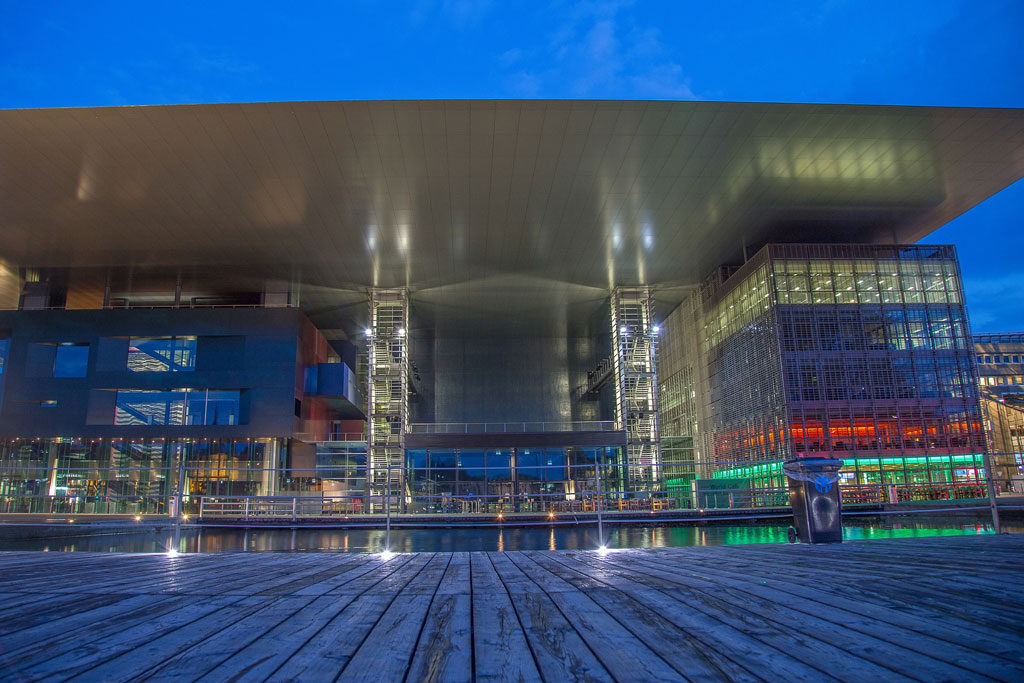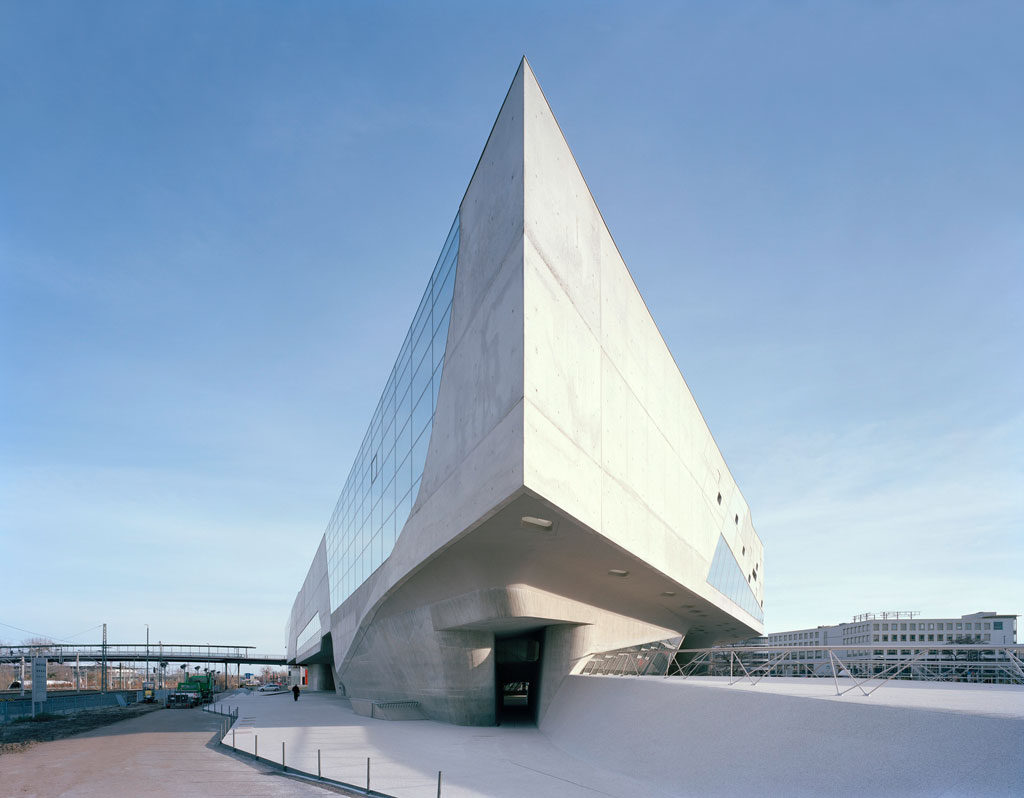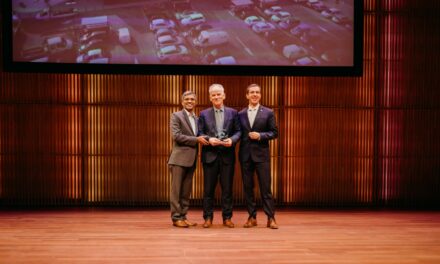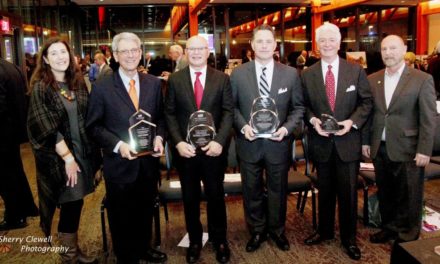Researchers investigate the effects of exceptional architectural projects in Graz, Lucerne and Wolfsburg
The Guggenheim Museum by star architect Frank Gehry led to an economic boom in the Spanish city of Bilbao. This “Bilbao Effect” is appealing to many urban planners and politicians who look to better position their cities in economic and social terms by building exceptional architectural projects. Researchers at the Technical University of Munich (TUM) have studied three projects to investigate whether or not the desired effects materialize.
Can star architecture have a positive impact on the future of a city? The Guggenheim Museum made it possible for the city of Bilbao to re-invent itself. The Spanish industrial city was experiencing economic decline. After the opening of the museum the city was able to reposition itself economically, transforming itself into a cultural metropolis.
Many cities are hoping to reap similar benefits by means of star architecture. “The impact of these architectural projects on small and medium-sized cities in particular remains underinvestigated,” explains Prof. Alain Thierstein of the TUM Chair for Urban Development. A team comprising members from the Chair, HafenCity University Hamburg and the Technische Universität Berlin has thus examined three case-studies: the Kunsthaus Graz, the culture and convention center Luzern (KKL) and the phaeno science center in Wolfsburg. Since these structures have already been in existence for over 15 years, observation of long-term effects is also possible.

KKL Luzern, Lucerne, Switzerland.
Positive effects, but no repositioning
The scientists analyzed the interaction of economic factors, the design of the buildings and its socio-cultural effects. They determined that although the projects have positive economic effects, for example expansion of tourism and cultural programs, these effects do not result in a clearly evident repositioning.
A causal relationship between the economic effects of the projects and the socio-economic changes, for example in the labor market or in terms of tourism, could not be identified. Furthermore, not all economic effects are immediately visible, says Dr. Nadia Alaily-Mattar, project manager and research associate at the TUM Chair for Urban Development. “In Wolfsburg, the realization of phaeno led to an increase in the self-confidence of the politicians and local administrative authorities.” This social effect may also have positive economic effects on the city in the long term.

Phaeno Science Center, Wolfsburg, Germany. Photo: Klemens Ortmeyer
Architecture should not be overlooked
In all three cases the researchers observed a shift in the spatial relationships of the city. In Graz the Kunsthaus forms a bridge linking urban districts which were previously perceived as separate and evaluated differently in social terms. In Lucerne the KKL has strengthened the convergence of countryside and city. The phaeno had a similar impact on Wolfsburg: The area across from the city’s main train station was of significant importance for the city, but was underutilized. The phaeno integrated this area into the rest of the city.
These structural changes are the most sustainable effects of the projects, Alaily-Mattar points out, adding that economic and socio-cultural effects can often be temporary and ephemeral. “Morphological effects are usually more stable and less dependent on the ‘Star Factor’. The desire on the part of urban planners and politicians to achieve certain impacts by means of star architecture must not overlook the contribution made by the architecture itself. In addition to economic and socio-cultural effects, the influence of star architecture on the city is spatial as well.”
The Technical University of Munich (TUM) is one of Europe’s leading research universities, with around 550 professors, 41,000 students, and 10,000 academic and non-academic staff. Its focus areas are the engineering sciences, natural sciences, life sciences and medicine, combined with economic and social sciences. TUM acts as an entrepreneurial university that promotes talents and creates value for society. In that it profits from having strong partners in science and industry. It is represented worldwide with the TUM Asia campus in Singapore as well as offices in Beijing, Brussels, Cairo, Mumbai, San Francisco, and São Paulo. Nobel Prize winners and inventors such as Rudolf Diesel, Carl von Linde, and Rudolf Mößbauer have done research at TUM. In 2006 and 2012 it won recognition as a German “Excellence University.” In international rankings, TUM regularly places among the best universities in Germany.




